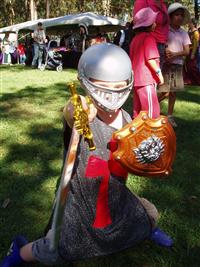 Children's Writing is a diverse -- and rapidly growing -- industry. Its market includes picture books, novels and textbooks, comics and graphic novels, plays and other performance texts, and more.
Children's Writing is a diverse -- and rapidly growing -- industry. Its market includes picture books, novels and textbooks, comics and graphic novels, plays and other performance texts, and more.
In this course, you'll work through different types of children's texts, learning about the basis of a good story, how to write for different age groups and interests, and the keys to creating a page turner.